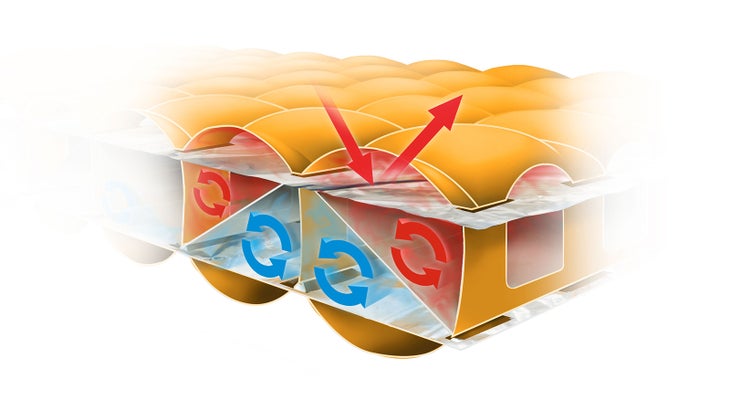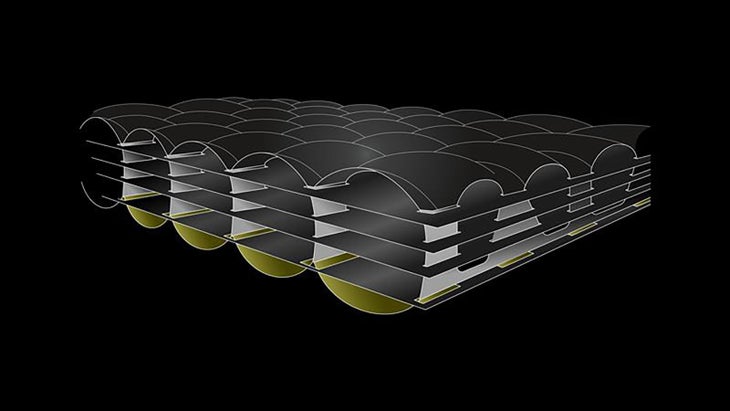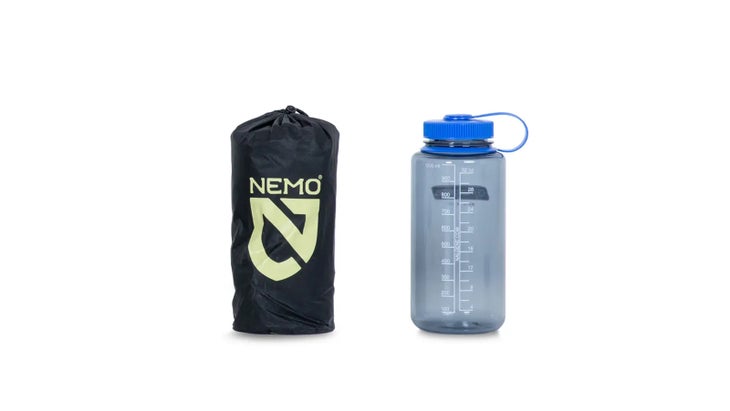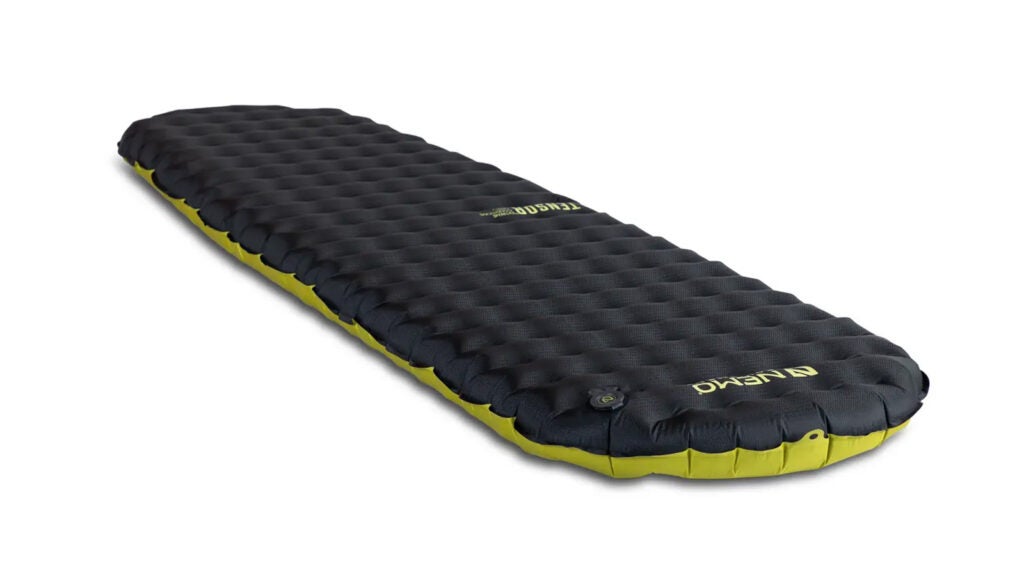No products in the cart.
Outdoor Adventure
The Nemo Tensor Extreme Conditions is the Warmest, Lightest Sleeping Pad Ever
Heading out the door? Read this article on the Outside app available now on iOS devices for members!
Download the app.
There’s a new champion in the insulated sleeping pad category. The Nemo Tensor Extreme Conditions not only boasts more insulation than any other ultralight pad, but also sports an incredible warmth-to-weight ratio, beating out most of its competition. I spoke to its designer to find out what made that possible.
To give you a little context, here’s how this new pad stacks up against its competition. In 72 x 20-inch mummy form the $250 Nemo Tensor Extreme Conditions weighs 17 ounces, inflates to 3.5 inches thick, and achieves an 8.5 R-Value. Therm-a-Rest’s $240 NeoAir XTherm NXT is one ounce lighter, but also half an inch thinner, and only reaches a 7.3 R-value. The $220 Sea to Summit Ether Light XT Extreme is thicker at four inches, but weighs 25 ounces, and its R-value is only 6.2. The $240 Exped Ultra 7R Mummy weighs 17.5 ounces and is 3.5 inches thick, but only manages a 7.1 R-value.
The Nemo will pack smaller than either the Sea to Summit or Exped, which use lofted insulation, and sleeps quieter than the Therm-a-Rest, which also uses mylar baffles. Tensor Extreme Conditions also uses a 40 denier nylon fabric on its underside, which will make it durable and puncture resistant. Winter backpackers, mountaineers, backcountry hunters, and anyone else who camps out of a backpack in very cold conditions will benefit.
R-value is a measurement of how well a pad resists heat transfer. Lay down on a cold surface, and the ground, packed snow, or glacial ice will suck the heat right out of your body. Because a sleeping bag’s insulation is compressed by your weight, it’s the pad, not the bag, that insulates you from conductive heat loss. When a sleeping bag’s temperature rating is measured, that test is conducted using a 4.0 R-value pad. The higher the R-value number, the warmer you’ll sleep.
“Laying on the pad for the first time, even just in your living room, you’ll feel it reflect your body heat nearly instantly, providing a stable, warm surface,” describes Luke Scotton, a product developer at Nemo who led the Tensor Extreme Conditions project.
Scotton explains that Nemo was able to achieve such a radical degree of insulation without increasing packed size or weight by stacking multiple layers of mylar inside the the pad’s baffles.

“Nemo’s previous Tensor Insulated pads [above] used our rectangular Spaceframe baffle system that suspends mylar insulation at the top and bottom of the pad by mechanically trapping the mylar around each weld,” he says. “The new Apex baffle system replaces the rectangular Spaceframe with trapezoidal trusses [below] that allow multiple layers of mylar to be suspended within the baffle, distributing insulative power throughout the full inflated height of the pad and creating a much warmer pad without a significant weight penalty.”

I also asked Scotton how he was able to design a pad with reflective insulation that doesn’t crinkle and crunch when you roll around.
“Our Apex baffle system suspends the mylar insulation without welding it in place, so you don’t get that potato chip crunch common to other insulated pads,” he explains. The mylar is captured within the pad without making it part of the pad’s support structure, so it’s not disturbed as you move.

It’s the ability to “float” those multiple layers of mylar inside the pad that makes Nemo’s new design unique. But it also requires that the pad be used with one surface always facing upwards. Tensor Extreme Conditions uses a two-tone design and thinner, 20-denier sleep surface fabric to make that obvious. And achieving that weld-free structure also meant redesigning both the pad baffles and manufacturing process.
“This pad was designed for backcountry enthusiasts looking for the highest warmth-to-weight possible, and it’s also a great option for cold sleepers or anyone looking to extend the backpacking season into chillier conditions,” says Scotton.
Source link

